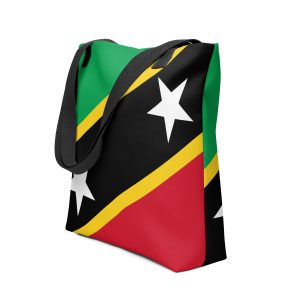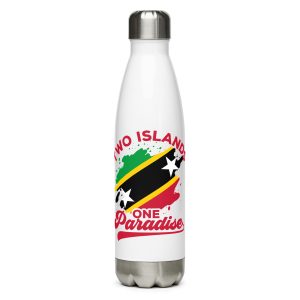1666 French Occupation of St. Kitts
The French occupation of St. Kitts in 1666 was a key event during the Second Anglo-Dutch War (1665–1667), a conflict that extended beyond Europe to the Caribbean. As England and France vied for control of valuable colonies, St. Kitts, an island they had both settled, became a prime target in their battle for dominance.
Background: The Second Anglo-Dutch War
While the Second Anglo-Dutch War was primarily a naval conflict between England and the Dutch Republic, France allied with the Dutch, extending the war to the Caribbean. St. Kitts, shared between the English and French since the early 1600s, became a strategic battleground .
French Invasion and Occupation
In early 1666, French Admiral Joseph-Antoine Le Fèvre de La Barre launched an invasion of the English-controlled portion of St. Kitts. The French swiftly overran the English settlers, seizing control of their plantations and forcing many to flee. This occupation was part of a broader French effort to weaken England’s Caribbean colonies .
Though successful, the French occupation lasted only about a year. The war’s outcome was decided in Europe, leading to negotiations that restored St. Kitts to English control.
Consequences for St. Kitts
The brief French occupation had several major impacts on St. Kitts:
- Displacement of English Settlers: English colonists were expelled, and their plantations were taken over by the French, causing disruption to the island’s economy.
- Damage to Sugar Plantations: Fighting between the two powers damaged the sugar plantations, which were critical to the local economy. The resulting economic instability persisted even after the English regained control .
- Strategic Importance: The occupation highlighted St. Kitts’ importance as a colonial asset. Both England and France valued the island’s role in the Caribbean sugar trade, increasing tensions in the years to come .
The Treaty of Breda (1667)
The occupation ended with the signing of the Treaty of Breda in 1667, which concluded the Second Anglo-Dutch War. Under the treaty, St. Kitts was returned to English control, and the displaced settlers began to rebuild. Although the treaty resolved this particular conflict, it did not end the rivalry between England and France over the island .
Long-Term Impact
The 1666 French occupation was brief but significant in St. Kitts’ history. It exposed the island’s vulnerability during European wars and reinforced its importance in the Caribbean. The struggle between European powers over St. Kitts would continue for decades, as both England and France sought to control the island’s lucrative sugar industry .
While the European powers battled for control, the enslaved African population working on the plantations experienced little change. Regardless of which nation was in power, their lives remained defined by brutal labor and exploitation.
Historical Overview of St. Kitts and Nevis
Colonial History
Significant Historical Events
Pre-Columbian Era
European Exploration and Colonization
- 1493 – Christopher Columbus’s Second Voyage
- 1623 – Establishment of the First European Settlement
- 1626 – Kalinago Massacre
Colonial Era
- 1650s – Expansion of Sugar Plantations
- 1666 – French Occupation of St. Kitts
- 1706 – Nevis Raid
- 1783 – Treaty of Paris
20th Century Developments
- 1932 – Founding of the St. Kitts Workers’ League
- 1952 – Universal Adult Suffrage
- 1967 – Associated Statehood
- 1978 – Death of Sir Robert Llewellyn Bradshaw
Independence and Modern Developments
- 1983 – Independence
- 1998 – Nevis Secession Referendum
- 2005 – Hurricane Impact
- 2015 – Team Unity Government
Disclaimer
The information provided on stkittsnevisflag.com is for general informational purposes only. While we strive to provide accurate and up-to-date information, we make no warranties or representations of any kind, express or implied, about the completeness, accuracy, reliability, suitability, or availability of the information contained on this website. Any reliance you place on such information is therefore strictly at your own risk.
stkittsnevisflag.com will not be liable for any loss or damage, including without limitation, indirect or consequential loss or damage, or any loss or damage whatsoever arising from loss of data or profits arising out of, or in connection with, the use of this website.
We encourage all users to verify any information found on this site before relying on it. If you find any incorrect or outdated information, please contact us at info@stkittsflag.com so we can make the necessary corrections.




